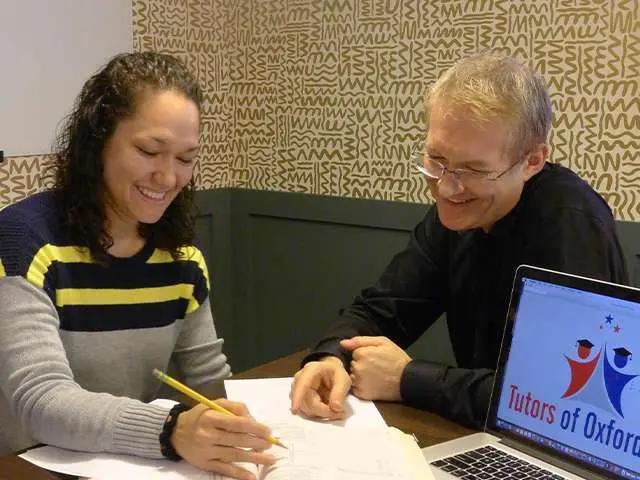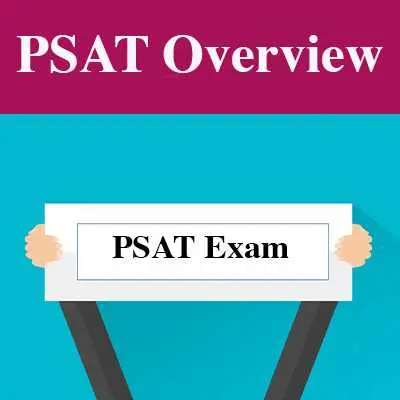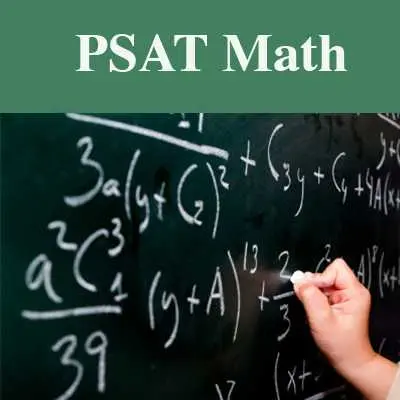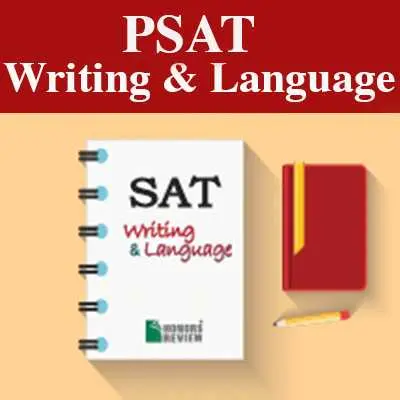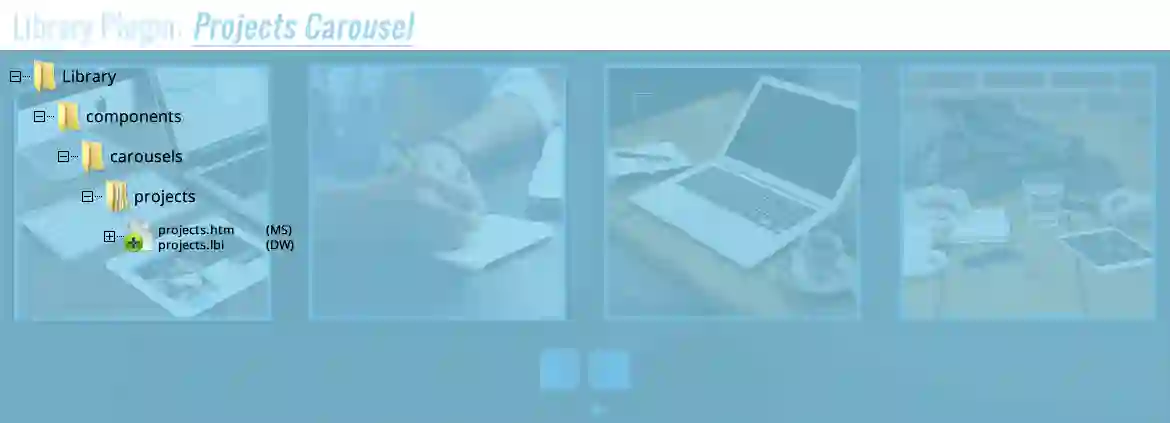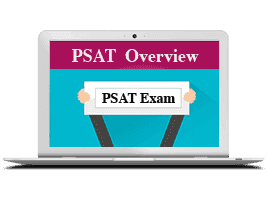
The PSAT Exam
The PSAT is 2 hours and 45 minutes long and tests your reading, writing, and math skills. Unlike the SAT, the highest score possible on the PSAT is 1520. You will receive a composite, two-section, and various subsection scores.
Most students will take the PSAT/NMSQT in October. Some exceptions vary by region—check with your counselor to confirm your PSAT test date. 10th graders taking the PSAT 10 can expect to test between February and April.
PSAT Scores
Each correct answer on the PSAT counts as one point toward your raw score. Remember, there’s no penalty for guessing on the PSAT, so answer every multiple-choice question even if you have to guess. Next, your raw score will be converted to your scaled score. This scaled score will range from 160 to 760 for each scored section, including Evidence-Based Reading, Writing, and Math (there is no essay on the PSAT). Your composite score combines this scaled score from each section, so your composite score will range from 320 to 1520.
You will also be shown two percentile ranks compared to other students in your grade. These percentiles show how well you did compared to other test takers. If you scored in the 72nd percentile, for example, you did better than 72% of all test takers. The Nationally Representative Sample percentile score compares your scores to those of typical U.S. students in your grade (whether or not they’ve taken the PSAT), and the User Percentile—National percentile score compares your scores to those of typical U.S. PSAT test takers. Ask your counselor for more information about percentiles or anything else on your PSAT score report.
The test itself includes four timed sections
i. Evidence-based Reading,
ii. Writing and Language,
iii. Math (no calculator).
iv. Math (calculator allowed).
Evidence-Based Reading Section of the PSAT
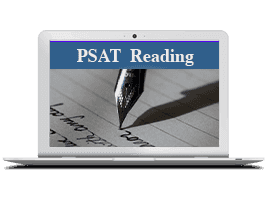
The Evidence-Based Reading section of the PSAT lasts 60 minutes and contains 47 questions. Your score on this section will range from 80-380.
This section tests your ability to read a passage, think critically about its main ideas and key details, and answer related questions. These questions will test concepts like command of evidence, words in context, and analysis in history/social studies and science.
Command of evidence questions will provide four excerpts from the passage and ask you to determine the best evidence for the previous question. Questions about words in context will focus on secondary word meanings.
The Reading Test includes passages related to literature, history and social studies, and science. Some PSAT questions will ask you to examine hypotheses, interpret data presented in various ways, and conduct other analyses based only on what is stated or implied in the passage.
Writing and Language Section of the PSAT

The Writing and Language section of the PSAT lasts 35 minutes and contains 44 questions. Your score on this section will range from 80-380.
This section tests your ability to identify and fix grammatical errors and revise words and phrases to improve the text. Some of the topics within the Standard English Conventions topic include verb agreement, punctuation use, and parallel construction. In the Expression of Ideas category, you'll be tested on the placement of sentences and the purpose of transition words or phrases within the text.
Math Section of the PSAT
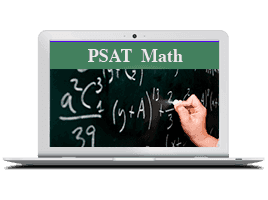
The Math section of the PSAT lasts 70 minutes and contains 47 questions. Your score on this section will range from 160-760.
The math section is split into two parts: one that allows calculator use and one that does not. There are multiple choice questions with four answer choices and short answer grid-in questions with answer choices that include digits 0–9, the period/decimal point (.), and the division/fraction bar (/). Some questions include two related parts where information from the first part is used to answer the question in the second part.
i. Math (No Calculator)
This section last 25 minutes and contains 20 questions. It contains both multiple-choice and grid-in questions.
ii. Math (Calculator Allowed)
This section last 50 minutes and contains 47 questions. It contains both multiple choice and grid-in questions

